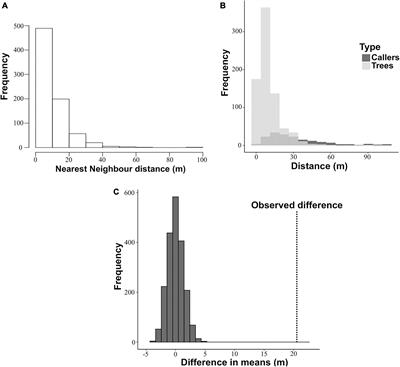EDITORIAL
Published on 25 Apr 2023
Editorial: What sensory ecology might learn from landscape ecology?
doi 10.3389/fevo.2023.1198035
- 1,236 views
10k
Total downloads
68k
Total views and downloads
EDITORIAL
Published on 25 Apr 2023
BRIEF RESEARCH REPORT
Published on 16 Feb 2023

ORIGINAL RESEARCH
Published on 21 Oct 2022

ORIGINAL RESEARCH
Published on 11 Aug 2022
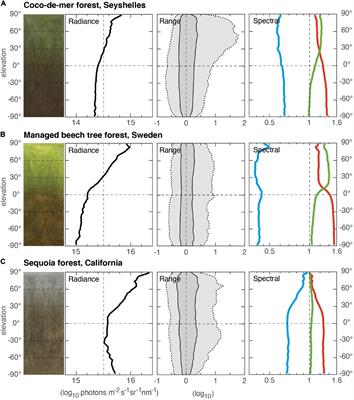
ORIGINAL RESEARCH
Published on 15 Jun 2022
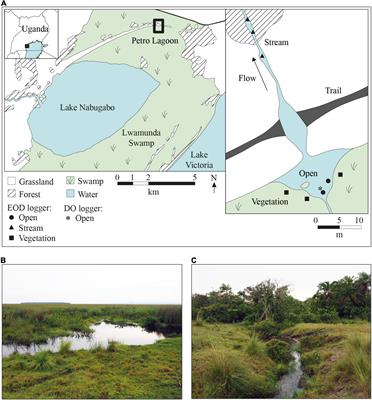
REVIEW
Published on 20 May 2022
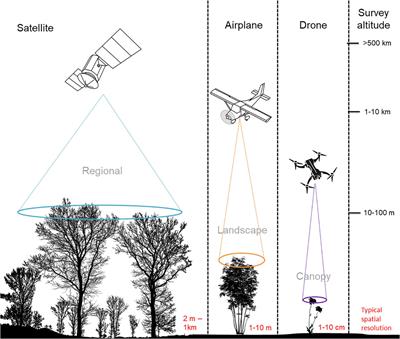
ORIGINAL RESEARCH
Published on 29 Apr 2022
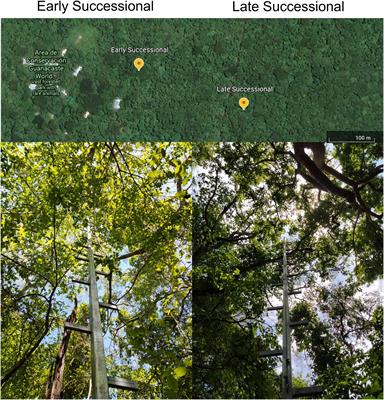
POLICY AND PRACTICE REVIEWS
Published on 22 Apr 2022
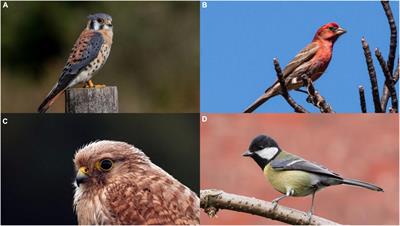
ORIGINAL RESEARCH
Published on 08 Mar 2022
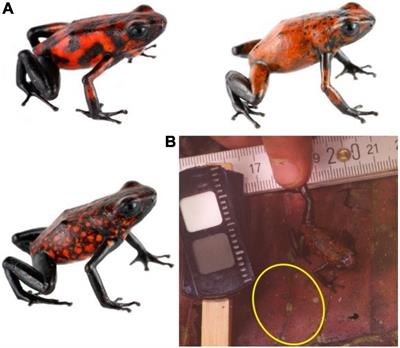
ORIGINAL RESEARCH
Published on 31 Jan 2022

ORIGINAL RESEARCH
Published on 24 Jan 2022
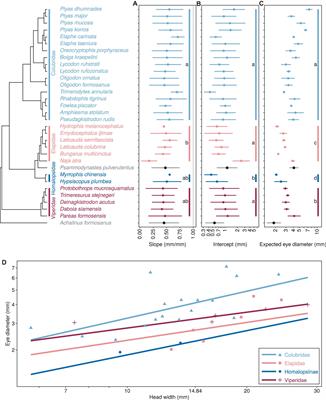
ORIGINAL RESEARCH
Published on 18 Jan 2022
